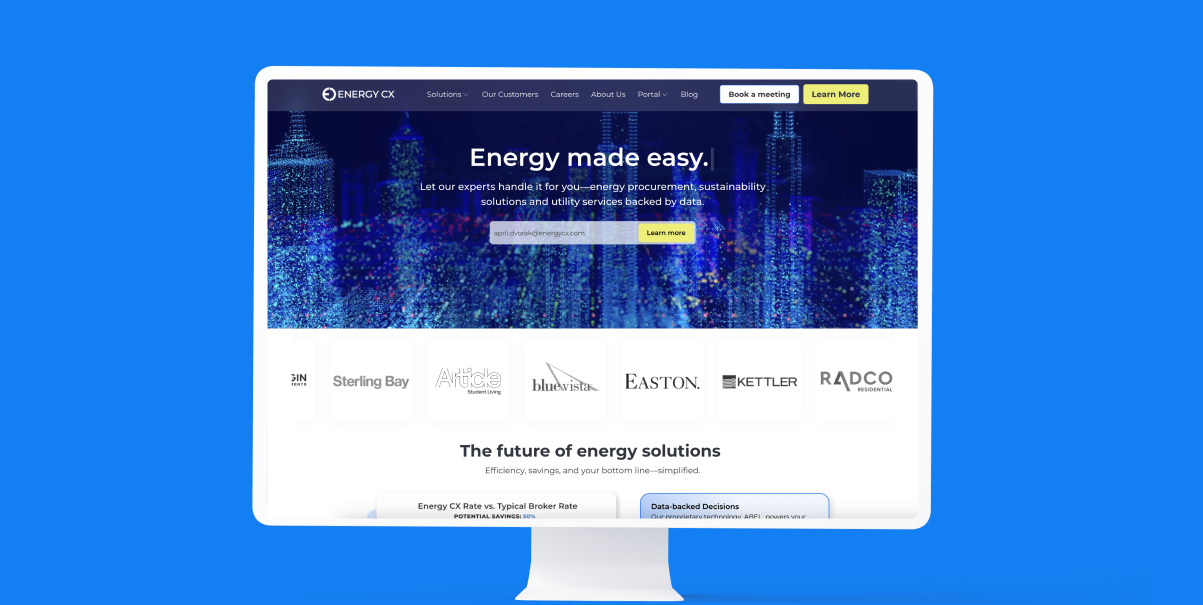Generate Revenue with EV Charging Stations
Americans have bought about 1.6 million electric vehicles (EVs) in the last decade and the number of EVs purchased is expected to grow to 6.9 million by 2025. Can they charge one in your parking lot or garage? If not, you may want to reconsider.
The transition to electric vehicles (EVs) is reshaping the automotive landscape, and businesses can capitalize on this revolution. Explore the installation of EV charging stations—a move that not only supports sustainability but also drives revenue, attracts top talent, and fosters customer loyalty.
Understanding EV Charging:
Electric vehicle charging is the process of replenishing the battery of an electric vehicle, allowing it to continue its journey. There are various types of EV charging stations, each offering different charging speeds:
1. Level 1 Charging: Standard household outlets (120 volts) provide a slow charging rate, suitable for overnight charging at home.
2. Level 2 Charging: Requires a dedicated charging unit (240 volts) and provides a faster charging rate. Commonly used in residential settings and public charging stations.
3. DC Fast Charging: High-powered charging stations (480 volts or higher) that deliver a rapid charge. Ideal for commercial installations and highway rest stops.
Benefits for Businesses:
1. Revenue Generation: Turn your parking lot into a profit center. Charging fees and partnerships with EV charging networks can provide a new revenue stream.
2. Attracting Top Talent: EV charging is a perk that resonates with environmentally conscious employees. Attract and retain top talent by showcasing your commitment to sustainability.
3. Customer Loyalty: Provide added value to customers. Offering free or discounted charging creates a positive experience, fostering loyalty and repeat business.
4. Public Image and Branding: Demonstrate your commitment to environmental responsibility. Installing EV charging stations enhances your brand's eco-friendly image.
5. Enhanced Customer Experience: Elevate the overall customer experience. EV charging stations contribute to a positive and forward-thinking brand perception.
6. Regulatory Compliance: Stay ahead of environmental regulations. Embracing EV infrastructure ensures compliance and positions your business as a responsible industry leader.
7. Marketing Opportunities: Leverage your commitment to sustainability in marketing efforts. Showcase your EV charging stations as part of your green initiatives.
8. Community Engagement: Contribute to a sustainable community. EV charging stations can serve as a community service, enhancing your business's relationship with local residents.
9. Future-Proofing Your Business: Anticipate the future of transportation. Installing EV charging stations positions your business as forward-thinking and adaptable to changing market trends.
Energy CX: Your Partner in EV Charging Success:
Partner with Energy CX for seamless EV charging solutions. From installation to management, we guide businesses towards sustainable and revenue-generating EV infrastructure.Embark on a journey towards a greener, more profitable future with EV charging. Get in touch today! #EVCharging #Sustainability #BusinessGrowth



.webp)